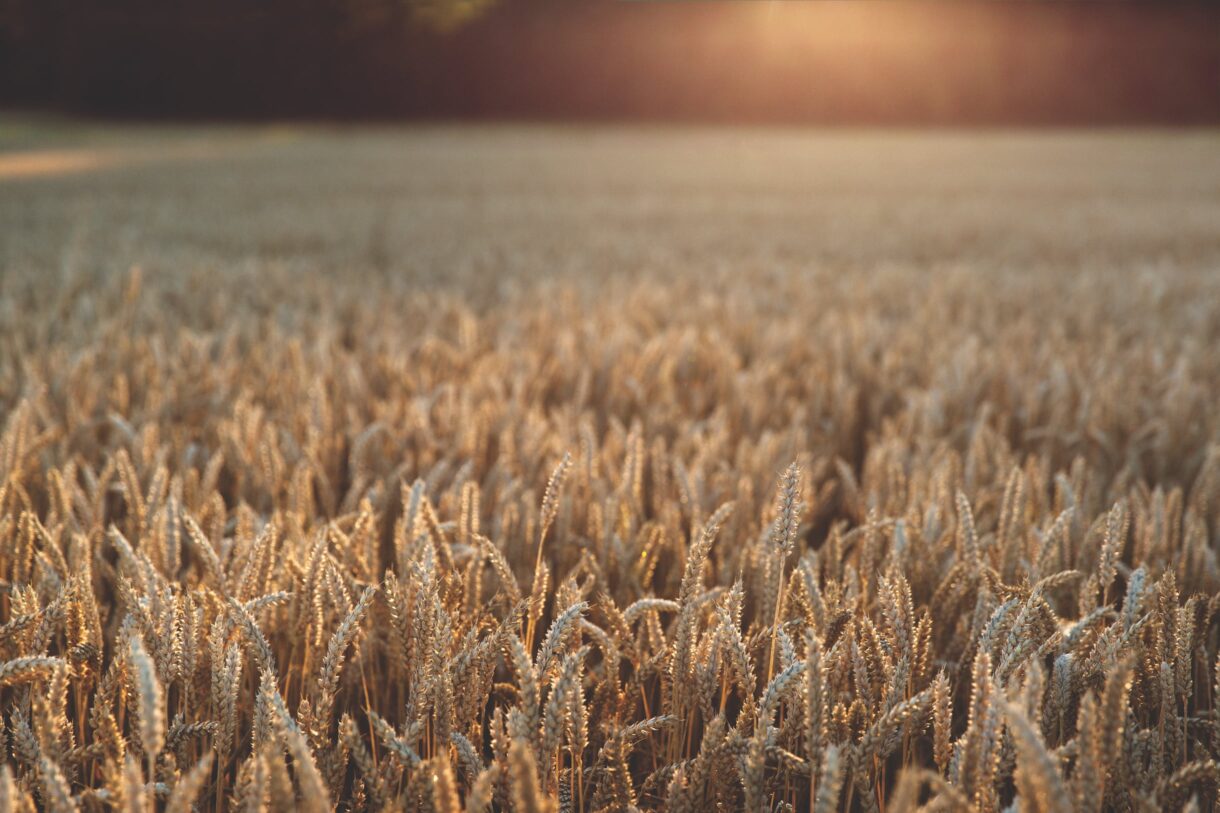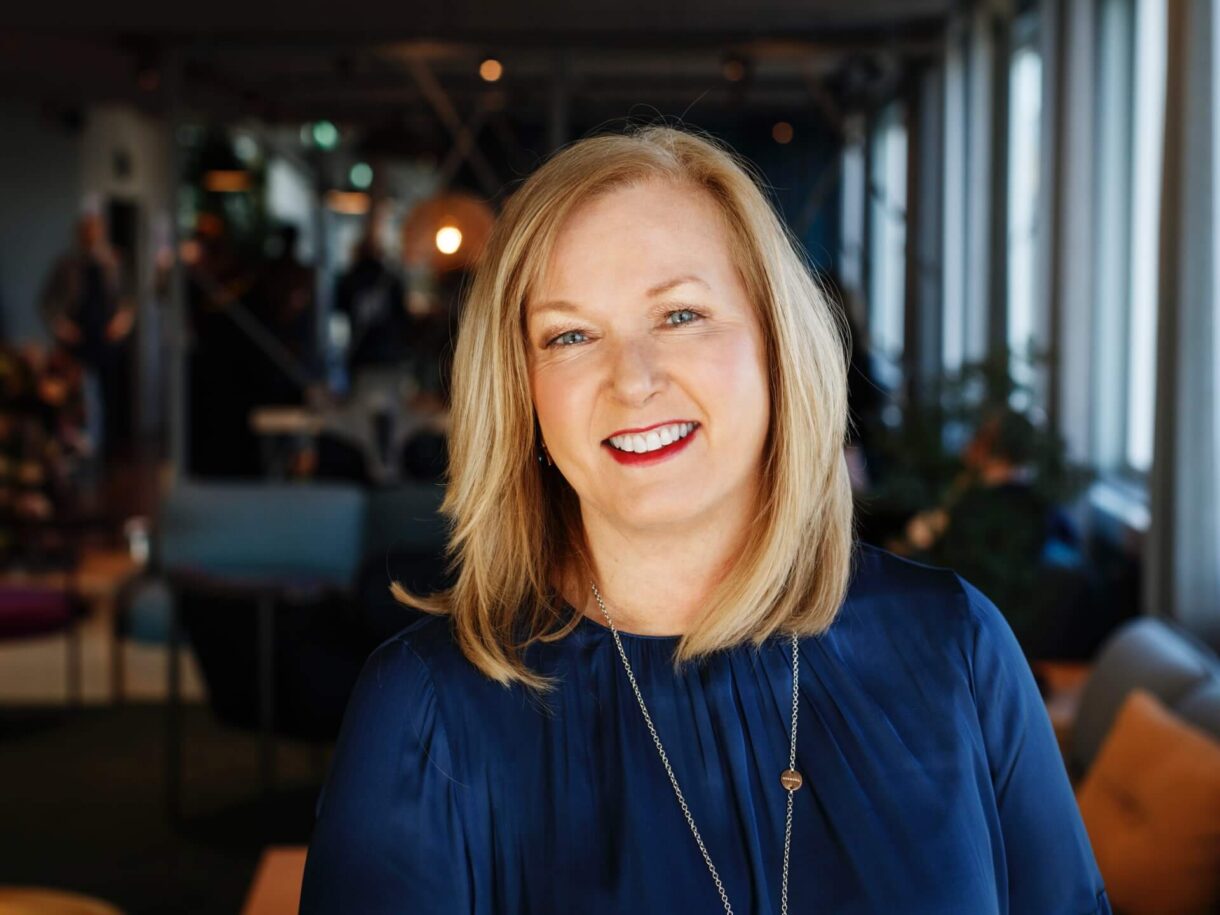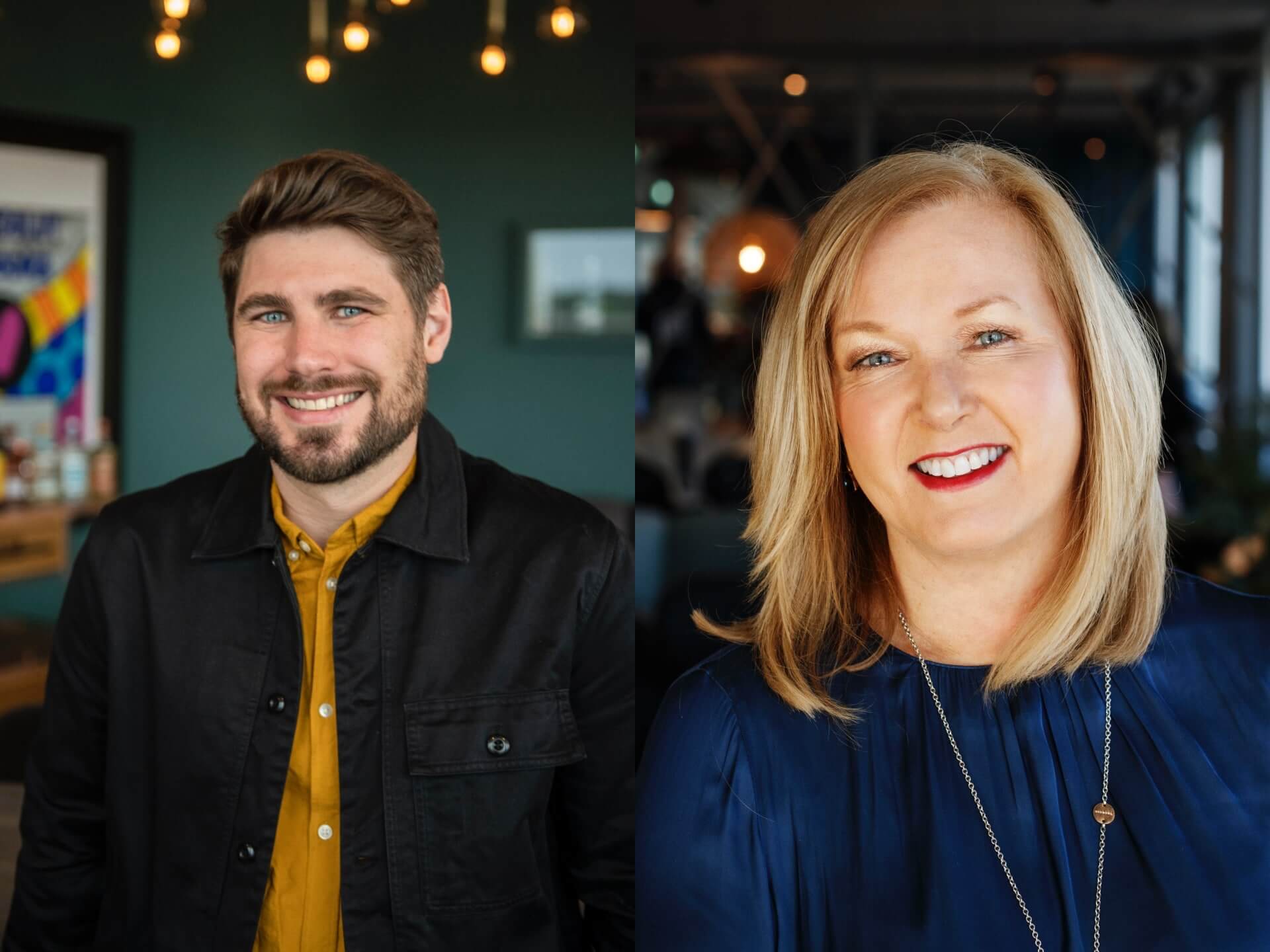
Coffee for good: Three pillars for successful change
Arabica coffee is a key ingredient in Kahlúa and the majority of it comes from just four remote villages in north- east Mexico. We are six years into our 10-year project, Coffee for Good, and the progress has been encouraging across three pivotal themes.
With the booming global coffee trend and increased demand worldwide, we believe that businesses have a duty to protect the people and the fragile ecosystems that they rely upon. Kahlúa has always bought its 100 per cent Arabica coffee from Veracruz and in more recent years, through our Mexican suppliers, Cafiver. Although we knew our suppliers, a few years ago we came to realise that we knew almost nothing about the coffee growers themselves.
Our Coffee for Good project launched in 2016 looked to change this. We wanted to help our coffee-growing communities sustain themselves – we don’t buy all of the coffee the farmers grow – ensuring that with or without Kahlúa, they can continue to make a good living. We set a goal that they would be able to sustainably farm enough coffee to provide 100 per cent of the coffee used in Kahlúa by 2022.
We have achieved our goal of our farms providing 100 per cent of Kahlúa’s coffee
Lynne Millar, Purchasing Director
We partnered with the local NGO Fondo Para La Paz whose local knowledge, connections and skills have been invaluable and started the project with one community– Ocotempa. Today, we are working with a total of four remote villages in the mountains of Veracruz (Ocotempa, Atempa, Oxtotitla, Coxititla), and we are just about to add two more.
The project focuses on three pillars – social, economic and environmental – to help smallholder farmers overcome many of the challenges they face. By providing access to fresh water and sanitation, families have better living conditions; providing extensive planting of seedlings and farmer training on how to best manage and nurture the young trees increased yields; and by providing farmers with the correct nutritional packages and fertilisers it has ensured that we are farming sustainably.
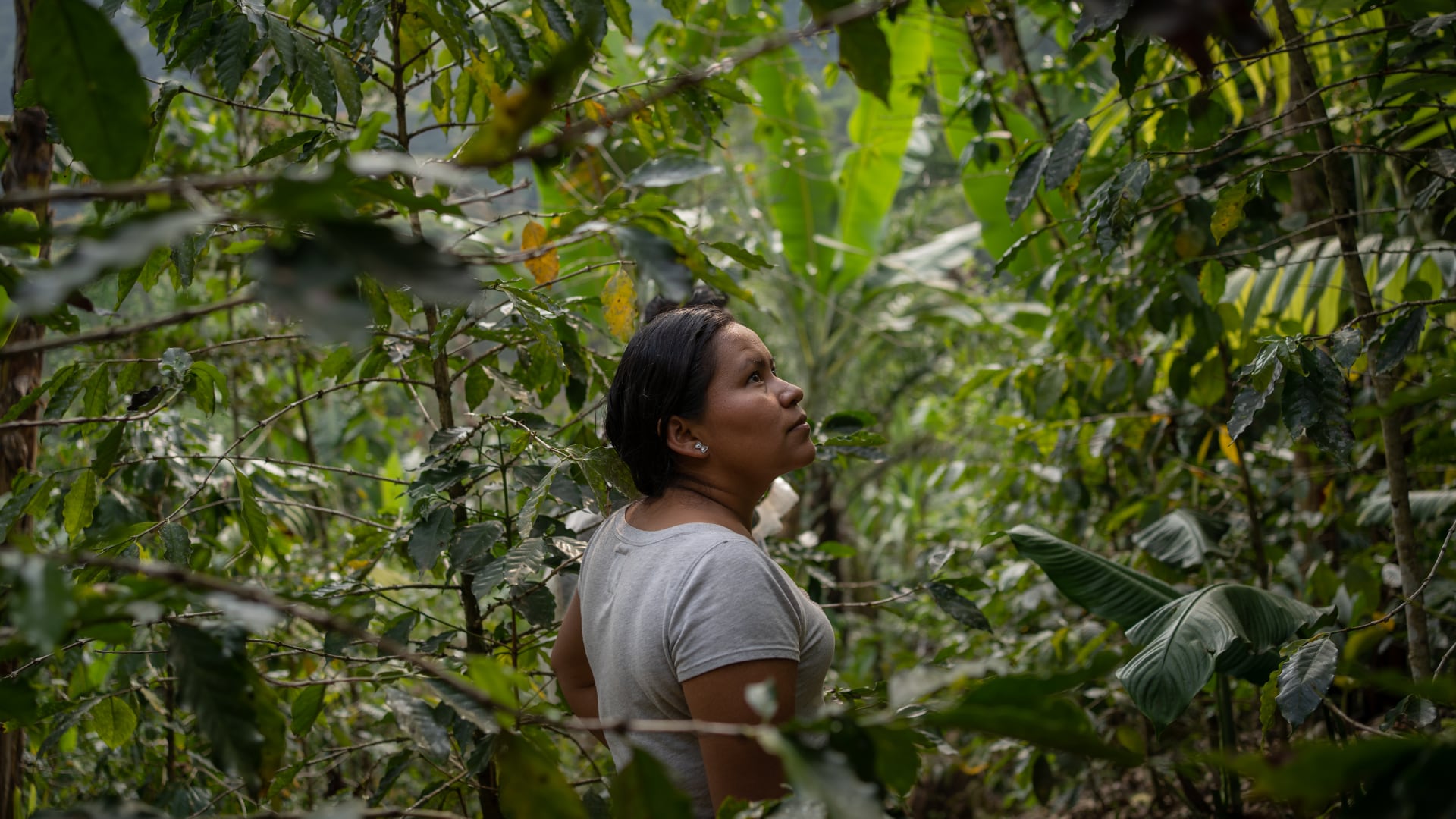
The results are extremely encouraging and we have achieved much more than our goal of our farms providing 100 per cent of Kahlúa’s coffee. The farming families we have come to know and admire, including the next generation of growers, are changing. They are learning new skills, building resilience against climate change and financial hardship, and passing on that knowledge to others.
Coffee For Good’s communities in Veracruz can see a long future for their farms, and our project is providing them with tools and the skills to ensure they continue to grow. So, while Kahlúa now has more sustainable sources for coffee than ever before – their businesses are benefiting from the programme too.
You have to take advantage of the environment without affecting it. Because we have been trained we can see that shade-grown coffee is of better quality because it has richer flavours.
Pedro Tezoco, Coffee grower
The first time I delivered coffee to Fondo Para La Paz I only gave him 2.7kilos. Little by little, and through more dedication, the volume started to increase. Three years later I gave them one tonne of parchment coffee.
Balthazar Oltehua Jimenez, Coffee grower and field technician
I have always been at the forefront of the organisation in the community. For example, when the cisterns arrive, I’m responsible for how this material is distributed. I know my rights as a woman. I have the right to attend a meeting to make my point of view known and I have been encouraging other ladies to follow.
Christina Ixmatlahua, Coffee grower and female community leader
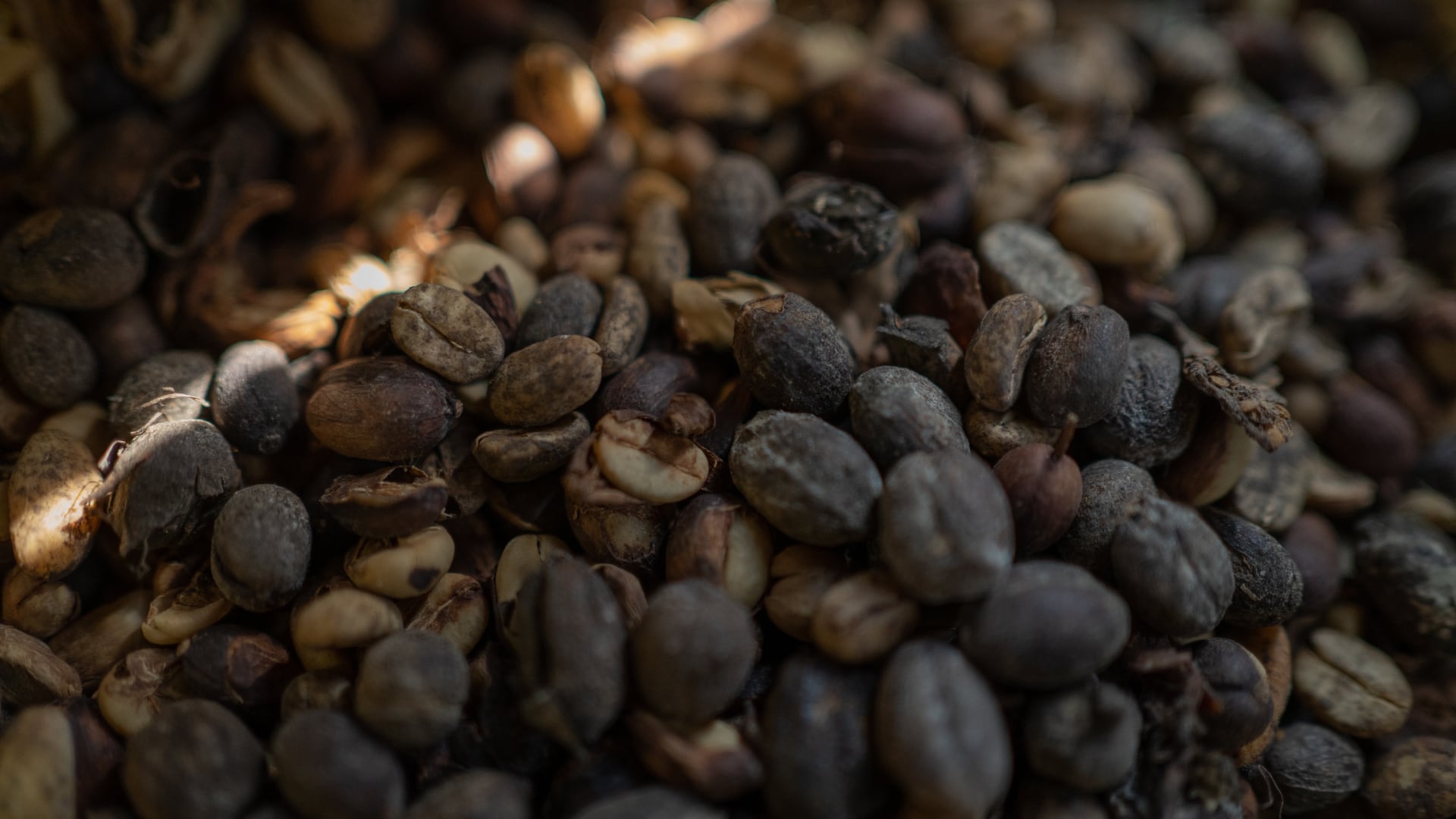
A visit to Veracruz
Earlier this year, Kahlúa’s Lynne Millar, director of purchasing and Giancarlo Martins, global marketing manager, returned to the villages to see how its Coffee for Good project is progressing.
A team from Kahlúa has been to the village regularly since the project began in 2016 but this was the first trip in three years as the pandemic prevented them from doing so. On their arrival, it was clear to Lynne and Giancarlo, that the ethos of sustainability is becoming embedded in villagers’ everyday life. For example, they saw young children learning to make containers and pencil cases from plastic waste. On a huge canvas poster made by the children, on the school building,
it read, “be part of the solution not part of the pollution”.
Such has been the speed of progress, the travelling Kahlúa team were able to toast the project’s success with the villagers and a small taster of Kahlúa in 2022. Many of the villagers had never seen or tasted Kahlúa, nor were many familiar with the brand. The team gave them a taster. They loved it and were proud of the impact they were having on a global brand such as ours.
We wanted to celebrate with the farmers because after six years so much has been achieved. It was our ambition that all the coffee we use is fully sustainable, and it is now a reality.
Lynne Millar, Purchasing Director
On their five-day trip, Lynne and Giancarlo took the opportunity to visit several of the remotest farms to talk to the farmers, including two new villages that we are adding to the project, to understand their struggles and listen to their future plans. Some farms are piloting projects for vanilla, which takes five years to come to harvest. Vanilla could be a really valuable crop for them to sell to traders as it is very expensive, not so long ago it was worth more by weight than silver.
While targets have been reached and plans are afoot to continue improving farmers’ lives, Lynne, who first visited the village six years ago, says the abiding difference she sees today is the role of women and how they have been empowered.
Lynne adds: “When the Coffee for Good project started, the role of women was to support their farmer husbands while looking after the family. They were very shy and had to walk for hours simply to collect water. But with many now having access to fresh water, they have more time and have been getting more involved by taking on leadership roles. The villages are full of powerful, strong, independent, business-minded women. Some are running their own farms. That evolution is just incredible and makes me feel very proud.”
What’s next for coffee for good?
With all boxes for Coffee for Good’s initial goals ticked, Kahlúa is exploring new initiatives. It is currently working with two new villages, in addition to the original four. It will continue to provide training and support via Fondo Para la Paz, which has a team ‘on the ground’ to help and support farmers. It is also examining the potential for youth scholarships at local agricultural colleges. In the past, younger generations have been quick to migrate to Mexico City to seek work but through the project’s success, many younger people believe that there is a future in coffee farming after all.
You have to tackle the challenges the farmers face from a three-dimensional view. There are environmental aspects such as deforestation and crop rotation. There are social aspects such as having running water. And then there are economic factors such as getting a better yield from the coffee they harvest.
Giancarlo Martins, Global Marketing Manager, Kahlúa
What we’ve achieved so far
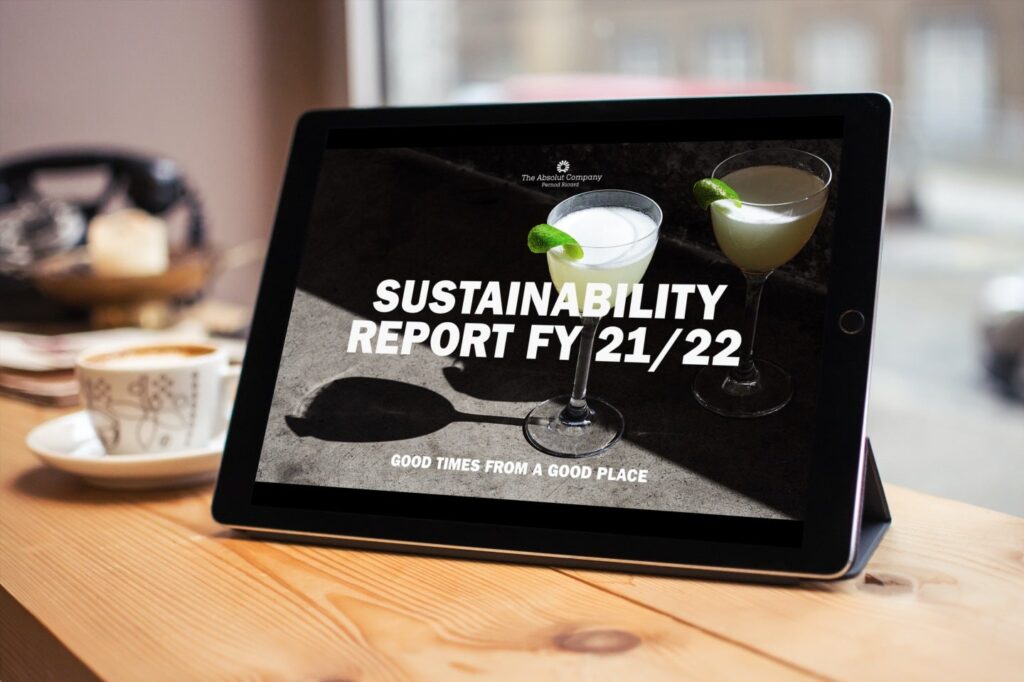
Download the report
This, and more, is from the Sustainability Report for fiscal year 21/22. It’s available on this site, as well as in PDF form if you prefer (27 MB).
